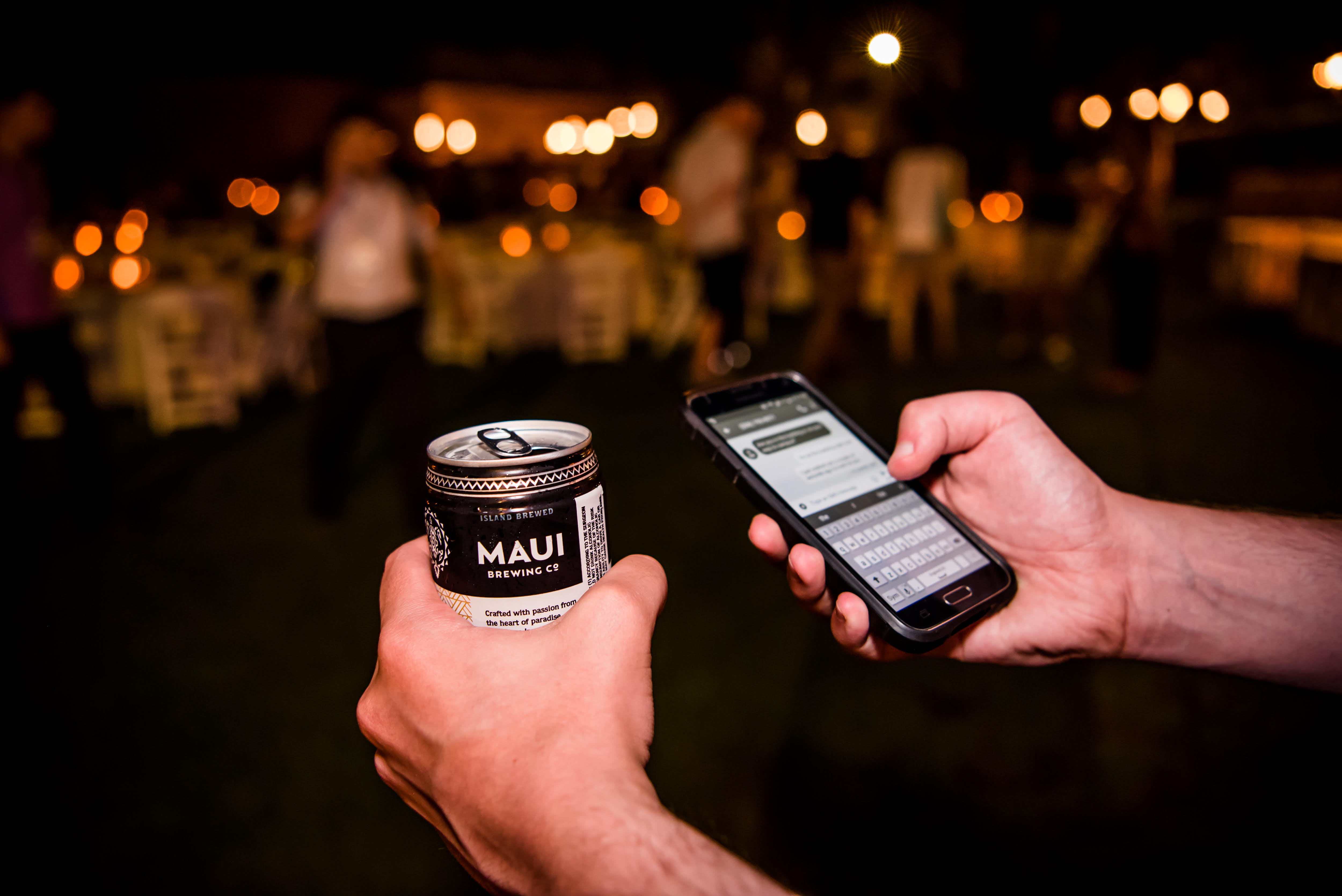@inproceedings{Mariakakis:2018:DUI:3173574.3173808,
author = {Mariakakis, Alex and Parsi, Sayna and Patel, Shwetak N. and Wobbrock, Jacob O.},
title = {Drunk User Interfaces: Determining Blood Alcohol Level Through Everyday Smartphone Tasks},
booktitle = {Proceedings of the 2018 CHI Conference on Human Factors in Computing Systems},
series = {CHI '18},
year = {2018},
isbn = {978-1-4503-5620-6},
location = {Montreal QC, Canada},
pages = {234:1--234:13},
articleno = {234},
numpages = {13},
url = {http://doi.acm.org/10.1145/3173574.3173808},
doi = {10.1145/3173574.3173808},
acmid = {3173808},
publisher = {ACM},
address = {New York, NY, USA},
keywords = {alcohol, driving, drunkenness, health, inebriation, mobile, safety, situational impairments, smartphones},
}

